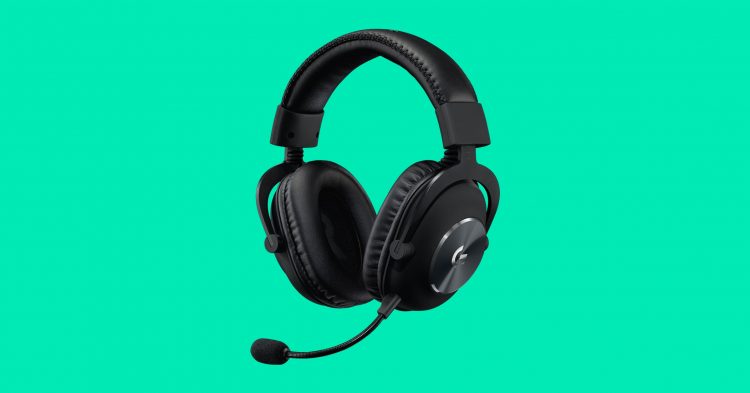We’ve rounded up a wide selection of the best gaming headsets we’ve tried, but there are countless others on the market. Our list is great if you want recommendations so you don’t have to deal with combing through all the options. But if you want to explore for yourself, here are a few important things to look for in a good headset.
Audio quality: It seems like it would go without saying, but we’re saying it anyway: You can’t always tell from a spec sheet how a headset will sound. A well-made stereo headset can sound better than a poorly made 7.1 Dolby Atmos surround sound set. Check reviews to get a sense of how a headset performs in real life.
Surround sound options: Modern headsets have gotten very good at recreating or simulating surround sound in headsets with systems like Dolby Atmos for Headphones or DTS:X. These systems are particularly impactful in games where you want to be able to hear exactly where an enemy is firing at you from. Be sure you can turn the surround sound on or off.
Comfort: This is another subjective category, but if you’re going to wear a headset for hours while you’re gaming, it’s important that it doesn’t hurt. A heavy headset pressing against your temples can give you a headache after a while. Look for headsets that have adjustable, ergonomic designs, plenty of cushioning, and are generally lightweight.
An adjustable boom microphone: If you plan to use your headset for online gaming, a good microphone is important. Many headsets come with boom mics that can be positioned in front of your mouth. Some are removable, while others can simply be rotated or bent away from your mouth when they’re not in use. Make sure you get the kind that’s right for your needs.
Visible mic muting and indicator LEDs: It’s important to know when you’re broadcasting audio so you don’t accidentally share your private conversations with your teammates. Some mics mute automatically when you flip them upward, while others use a dedicated mute button. We particularly like headsets that include red LEDs that indicate when you’re muted, which can be helpful.
Mic monitoring so you can hear your voice: If you want to keep tabs on how you sound to your teammates, and not sound like you’re yelling while playing, mic monitoring is a feature that lets you hear your own audio through your headphones. Optimally, you can adjust its volume. When you listen to a podcast or radio talk show, chances are, those folks are using some form of mic monitoring so they can hear themselves as well as others.
Equalizer (EQ) and customization tools: Games, movies, and TV shows are mixed differently, and when you’re listening, you might want to emphasize different aspects of the audio signal. Custom EQ presets let you set different balances for watching a movie versus playing a game, or even have different balances on a per-game basis.
Source by www.wired.com


























